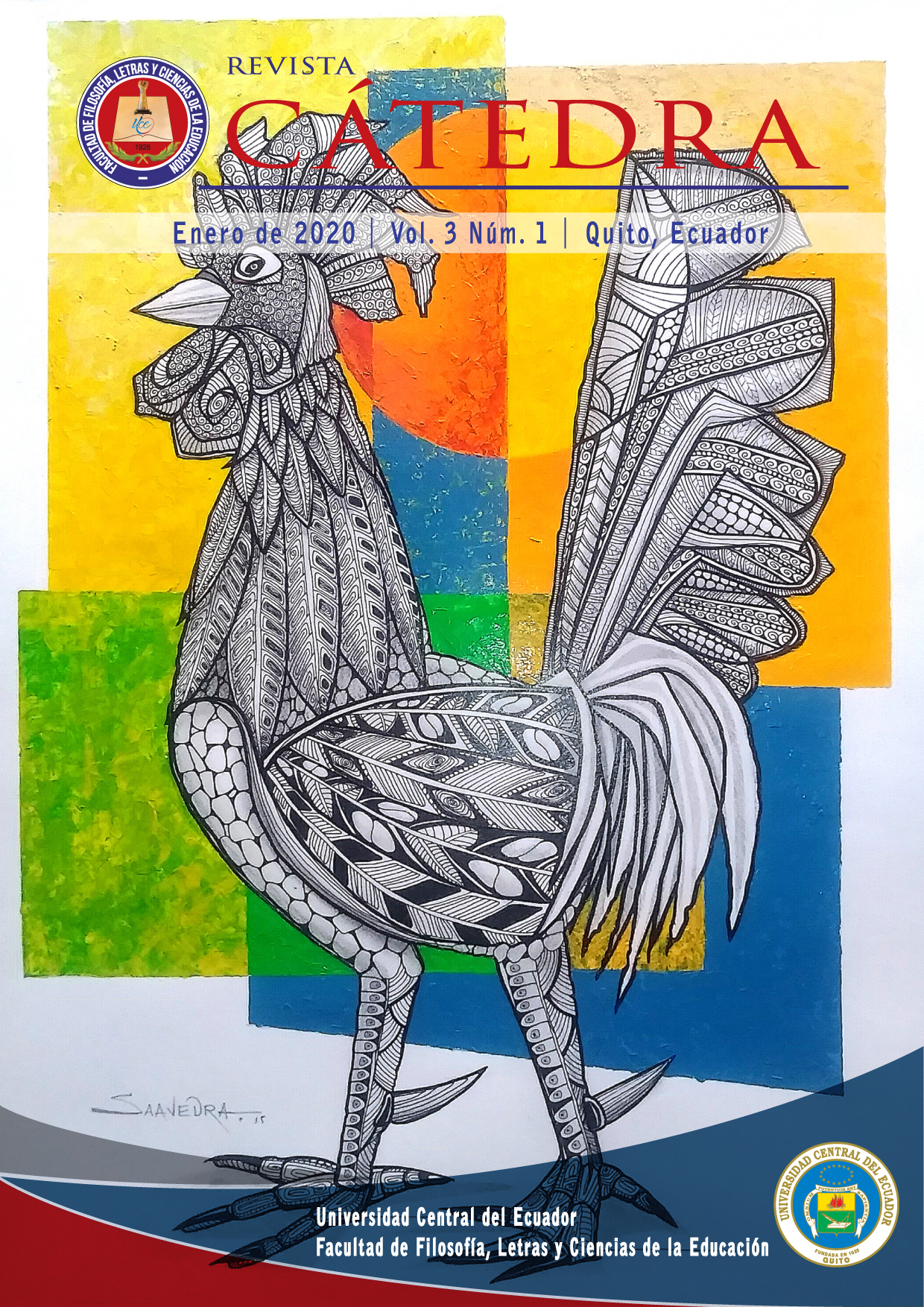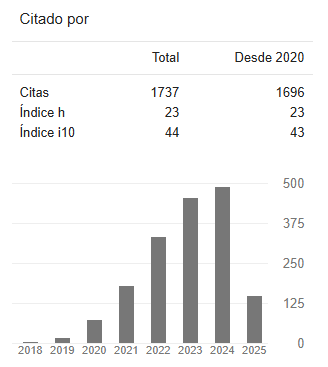Análisis de la educación intercultural bilingüe en las instituciones educativas de la nacionalidad Tsáchila, Ecuador
DOI:
https://doi.org/10.29166/10.29166/catedra.v3i1.1988Palabras clave:
ancestralidad, discriminación, etnia, interculturalidad, MOSEIBResumen
La Educación Intercultural bilingüe (EIB) en Ecuador se ha convertido en un foco de discusión de la educación ecuatoriana debido a la convivencia de los pueblos y nacionalidades que coexisten en un mismo territorio. Uno de los principales problemas radica en el hecho de desconocer mecanismos de planeación y ejecución de políticas educativas incluyentes dado el encuentro de culturas donde la mestiza tiene prestigio y predominio sobre las demás. Por esta razón, es importante hacer visible la necesidad de la inclusión de los saberes ancestrales de la nacionalidad Tsáchila como eje transversal curricular dentro del proceso educativo intercultural bilingüe. Es necesario, entonces, evaluar la EIB, conocer cómo se expresan los saberes ancestrales en la educación e identificar las experiencias de la aplicación del Modelo del Sistema Educativo Intercultural Bilingüe (MOSEIB) en las instituciones educativas de las comunidades de la nacionalidad Tsáchila en el año lectivo 2018-2019. En este camino se identifican los elementos inclusivos del eje curricular transversal intercultural que deben ser fortalecidos en el Bachillerato General Unificado (BGU) para contribuir a la recuperación de la identidad cultural Tsáchila, bajo un enfoque socio-educativo, cualitativo, descriptivo y explicativo del proceso de enseñanza aprendizaje con el MOSEIB. Se han analizado sus causas, lineamientos y, recolectado información primaria y secundaria, a través de las técnicas de observación (colonos), encuesta (estudiantes), entrevista (docentes) y grupo focal (expertos). Su trascendencia radica en el aporte a la recuperación de la ancestralidad y la lucha contra la discriminación -particularmente en el ámbito educativo.
Descargas
Citas
Aguavil Arévalo, J. M., - Andino Jaramillo, R. A. (2019). Necesidades formativas de docentes de Educación Intercultural Tsáchila. Alteridad, 14(1), 74-83. https://doi.org/10.17163.alt.v14n1.2019.06
Alfaro, Eloy. (1906). Ley Orgánica de Instrucción Pública. Quito, Ecuador: Imprenta de la "Gutemberg".
Andino, R. (2019). Entrevista personal. 3 de octubre de 2019
Bruner, J. (1991). Actos de significado: más allá de la revolución cognitiva. Madrid: Alianza.
Conejo, A. (2008). Educación Intercultural Bilingüe en el Ecuador. La propuesta educativa y su proceso. Alteridad, 5(3), 64-82.
Constitución de la República del Ecuador (1998). Consejo de Desarrollo de las Nacionalidades y Pueblos del Ecuador - CODENPE
Constitución de la República del Ecuador (2008). Asamblea Nacional. Registro Oficial 449.
INEC (2010). Censo de población y vivienda 2010. Quito – Ecuador.
La Hora (2003). Se creó la Dirección de Educación Intercultural Bilingüe Tsáchila. Recuperado el 8 de septiembre del 2019. https://lahora.com.ec/noticia/1000210866/home.
Leiva, J. (2017) La interculturalidad como respuesta preventiva del fracaso escolar en contextos de riesgo. En Anduli - Revista Andaluza de Ciencias Sociales. Málaga: Universidad de Málaga.
Ministerio de Educación (2012). Estándares de calidad educativa. Aprendizaje, Gestión Escolar, Desempeño Profesional e Infraestructura. Quito: Ministerio de Educación.
Ministerio de Educación (2017). Lineamientos pedagógicos para la implementación del Modelo del Sistema de Educación Intercultural Bilingüe. Quito: Ministerio de Educación.
Robalino, G. (1989). La verdadera gente. Una aproximación antropológica al grupo Tsachila. Quito: Consejo Provincial de Pichincha.
Rojas, L., Flórez, S., González, Y., Espíndola, L., (2011). La génesis social de los procesos cognitivos desde los planteamientos de Jerome Bruner. Prevalencia del determinismo y resurgimiento de la cultura. Tesis Psicológica, núm. 6, noviembre, 2011, pp. 215-235.
Torres, J. (2019). Entrevista personal. 3 de octubre de 2019.
UNESCO (2005). La Interculturalidad. Recuperado el 9 de septiembre del 2019. http://www.unesco.org/new/es/quito/education/education-and-interculturality/.
Velarde, Patricio (1991). Santo Domingo de los Colorados y el espacio nacional (1860-1960). Aislamiento e integración. Quito: Ciudad. Municipio de Santo Domingo.
Ventura, M. (2012). En el cruce de caminos: identidad, cosmología y chamanismo Tsáchila. Quito FLACSO-Ecuador. Abya Yala. IFEA. Universidad Autónoma de Barcelona.
Descargas
Publicado
Versiones
- 2020-11-17 (3)
- 2020-09-03 (2)
- 2020-01-22 (1)









